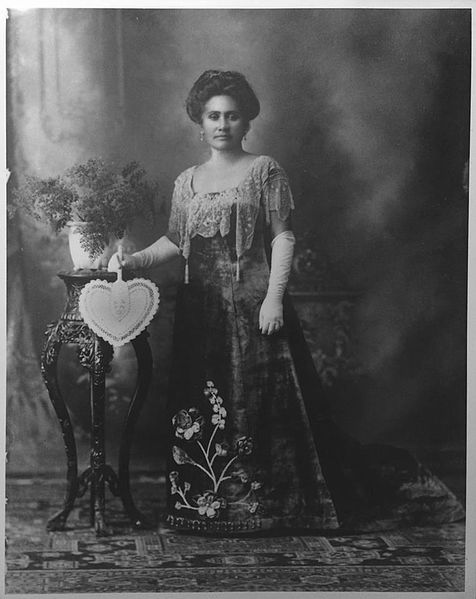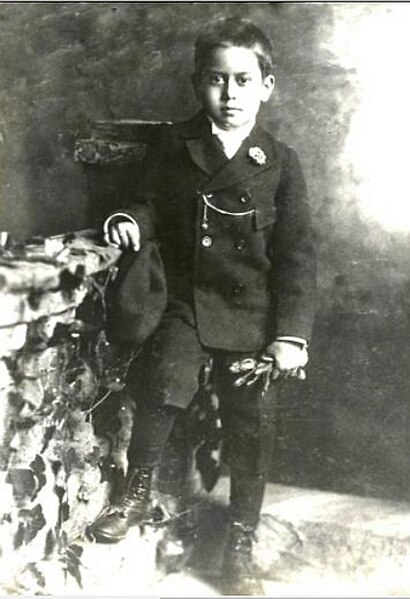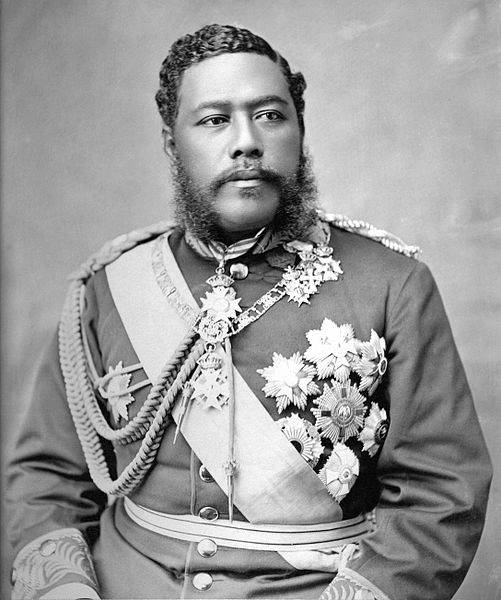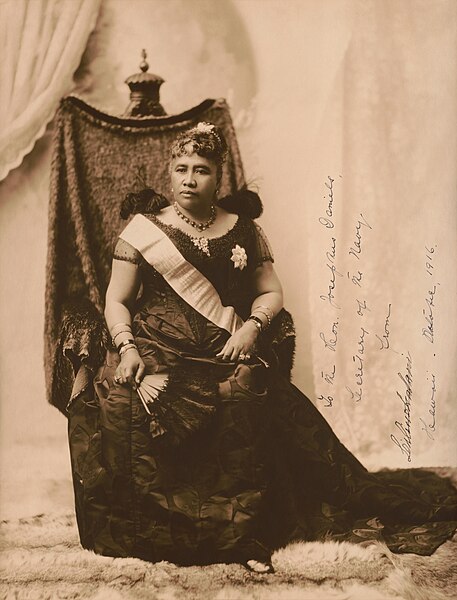Robert William Kalanihiapo Wilcox, nicknamed the Iron Duke of Hawaiʻi, was a Native Hawaiian whose father was an American and whose mother was Hawaiian. A revolutionary soldier and politician, he led uprisings against both the government of the Hawaiian Kingdom under King Kalākaua and the Republic of Hawaii under Sanford Dole, what are now known as the Wilcox rebellions. He was later elected the first delegate to the United States Congress for the Territory of Hawaii.
Robert William Wilcox
Theresa Laʻanui
Son Robert Kalanikupuaikalaninui Keōua Wilcox
Daughter Virginia Kahoa Kaʻahumanu Kaihikapumahana
The Hawaiian Kingdom, also known as Kingdom of Hawaiʻi, was a sovereign state ruled by unelected dynastic families located in the Hawaiian Islands which existed from 1795 to 1893. It was established during the late 18th century when Hawaiian chief Kamehameha I, from the island of Hawaiʻi, conquered the islands of Oʻahu, Maui, Molokaʻi, and Lānaʻi, and unified them under one government. In 1810, the Hawaiian Islands were fully unified when the islands of Kauaʻi and Niʻihau voluntarily joined the Hawaiian Kingdom. Two major dynastic families ruled the kingdom, the House of Kamehameha and the House of Kalākaua.
Hawaiian military officer, 1819 (by Jacques Arago)
King Kalākaua meeting U.S. President Grant at the White House, 1874
King Kalākaua
Liliʻuokalani








